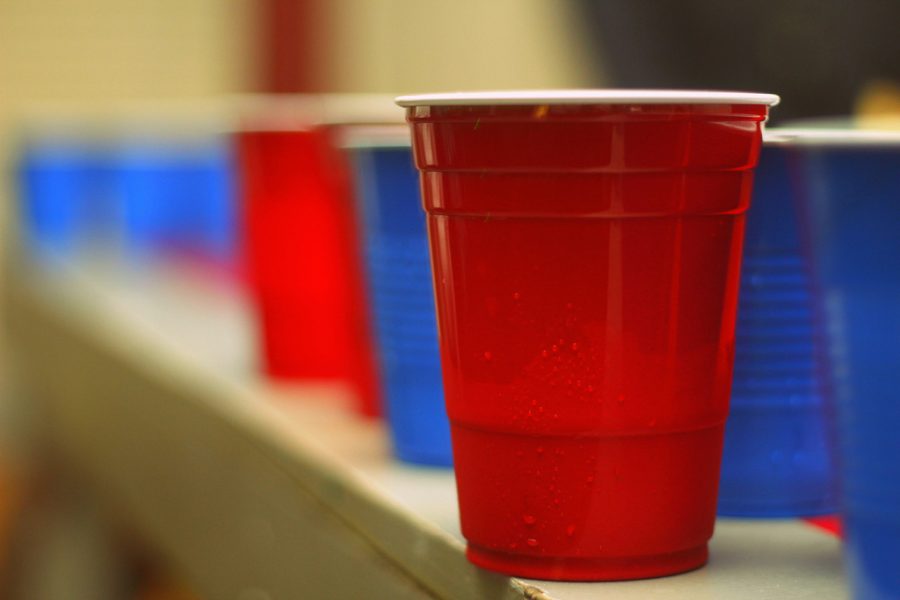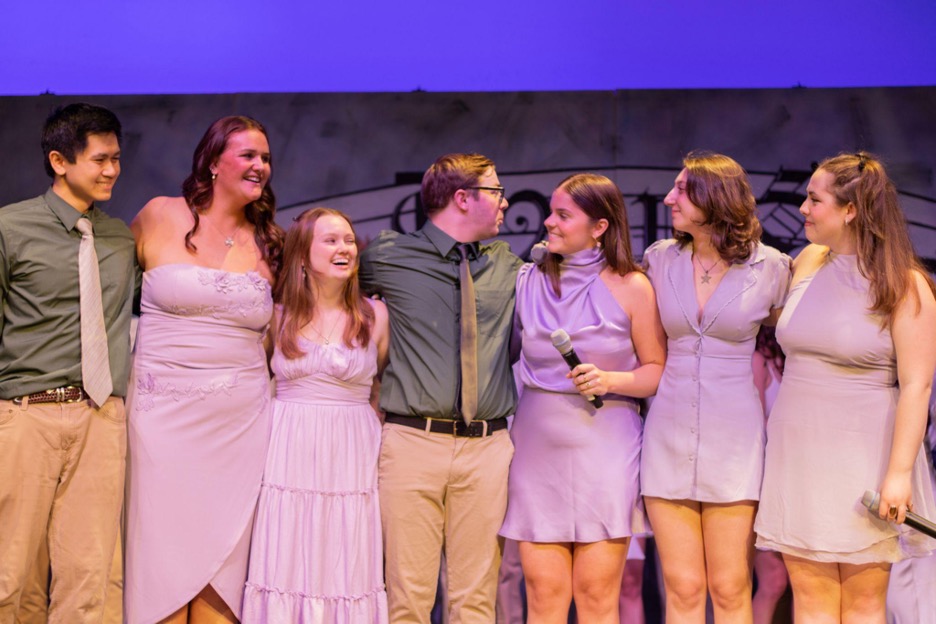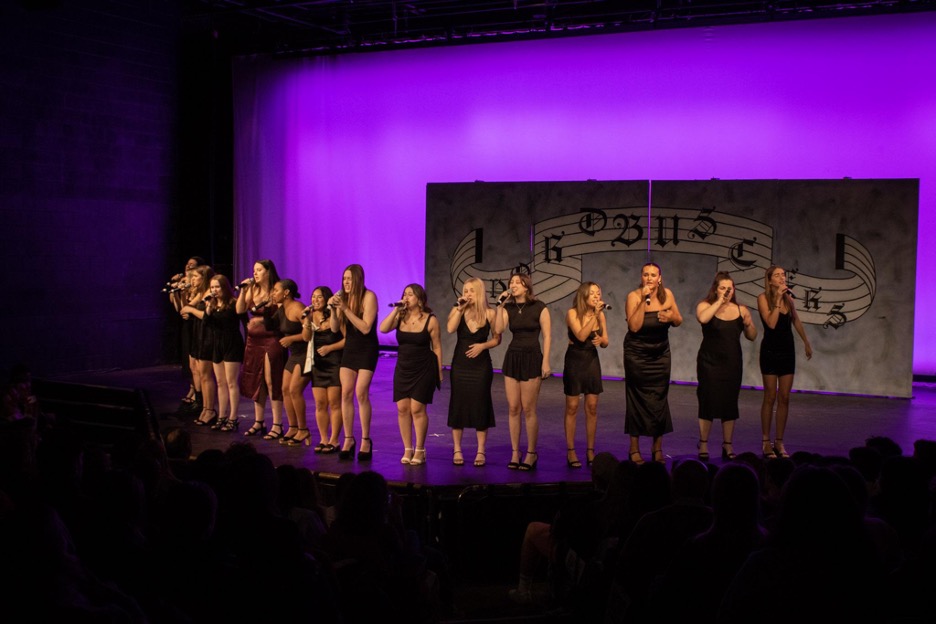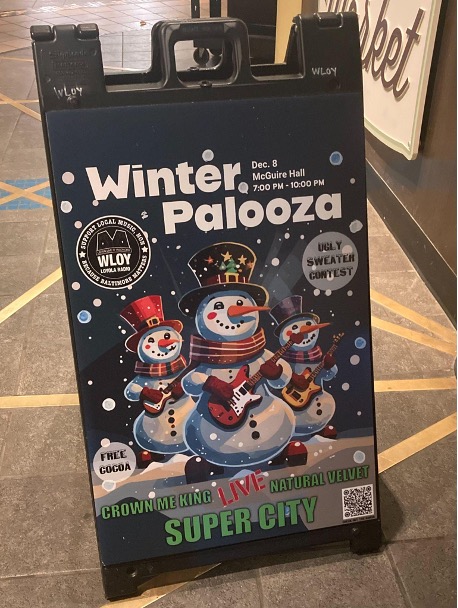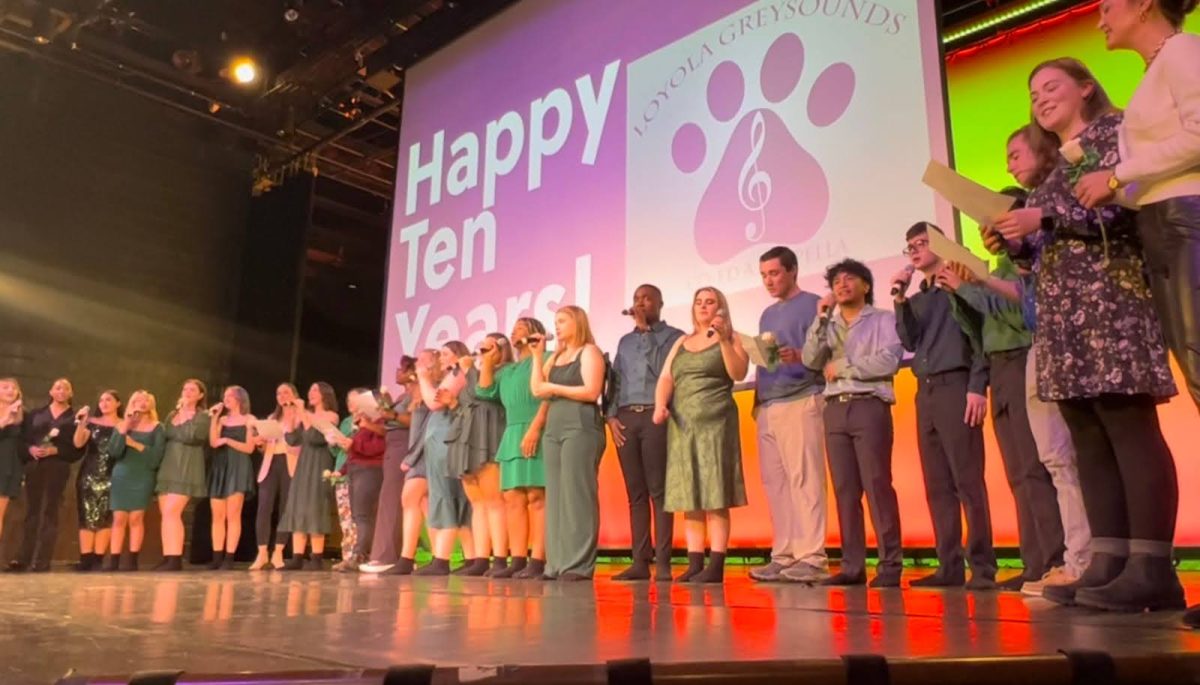Just the other night, I found myself in an unusual place—leaning on the counter of a country bar in downtown Baltimore. Trying my best to fit in with the cowboy hat and boot crowd as a native New Yorker, I shouted my order over the steady din of the bar, when suddenly all the voices around me raised in unison to sing Toby Keith’s hit “Red Solo Cup.” After that, throughout the night I noticed that songs that elicited the greatest response from the crowd were songs about drinking.
Don’t get me wrong: I’m not putting the blame on country music or this bar in particular—the pervasiveness of drinking and music is nearly inescapable. Think of the amount of times you’ve seen a pack of friends sloshed off bottom shelf vodka screaming the lyrics to “Shots”…or at least the ones they’re coherent enough to remember. Or the amount of times the song “Let’s Get F***** Up” by Start Trouble has been used as a rallying cry for binge drinking. Or the amount of times Kendrick Lamar’s ode to sobriety “Swimming Pools (Drank),” has been misconstrued as a song to pregame to. When looked at objectively, this trend is pretty disturbing.
Tragically enough, this trend is hardly new. Alcohol and popular music, for better or worse, have been intrinsically tied for decades. While this posturing can at times be ignored or written off as fun, there’s a larger, more troublesome undercurrent—the association of drinking and having a good time, especially in the minds of younger kids. Beer, vodka, bourbon and everything in between have become symbols of rock star excess and signs of youthful rebelliousness, and are often leveled as marketing ploys at the greatest consumers of pop culture—the youth.
In a study published through the Journal of the American Study of Pediatrics, results showed that increased television and popular music exposure in youth are risk factors for adolescent alcohol abuse. Though I’m loath to be that guy, the results do make a good deal of sense.
Let’s take a look at our generation. We’re a group of young men and women who have grown up with these nascent influences simmering in the back of our consciousness. We like to think that we’re above alcohol-soaked subliminal messaging in music, but are we truly? I mean, we shout the lyrics of a song called “Shots.” Music has the ability to elicit a desire to drink to excess, like Pavlovian dogs. If that isn’t a sign of culture in despair, I don’t know what is.
So what do we do? For our generation at least, the horse is out of the barn—the association music makes between drinking and fun will forever be engrained in our subconscious—but what about future generations?
Well, we can’t flat out condone drinking, because unless you’re puritanical, alcohol will intermittently play a role in your life. And if you think streamlining content is hard now, imagine how difficult it’ll be 20 to 30 years down the line.
What we need to do is create an honest discourse in our culture, allowing people to choose to drink or to abstain without judgment on either end. Though this can be partially curbed by strict parenting, it’ll also have to be tackled through the entertainment and media our kids will soak up like sponges.
A surprisingly new and hopeful trend are popular artists like Macklemore and Kendrick Lamar springing up, who are not only quite talented in their own right, but often tackle themes of substance abuse in their songs without getting preachy (or coming across as lame like Will Smith). Although their songs are often found where drinking is, the imaginary 2-inch tall frat boy with a devil’s tail and pitchfork isn’t sitting on your shoulder whispering “chug, chug, chug.”
I won’t pretend that drinking and music won’t go hand in hand into the foreseeable future – it will. I also won’t pretend kids won’t continue to make dumb mistakes with alcohol, because error is tied up in human nature. What we should do though, is push back against the media forcing these images down our throats because we’re smarter than that. And though Kendrick and Macklemore might amount spit in the ocean compared to the glut of party artists, it’s at least a step in the right direction.









































































































